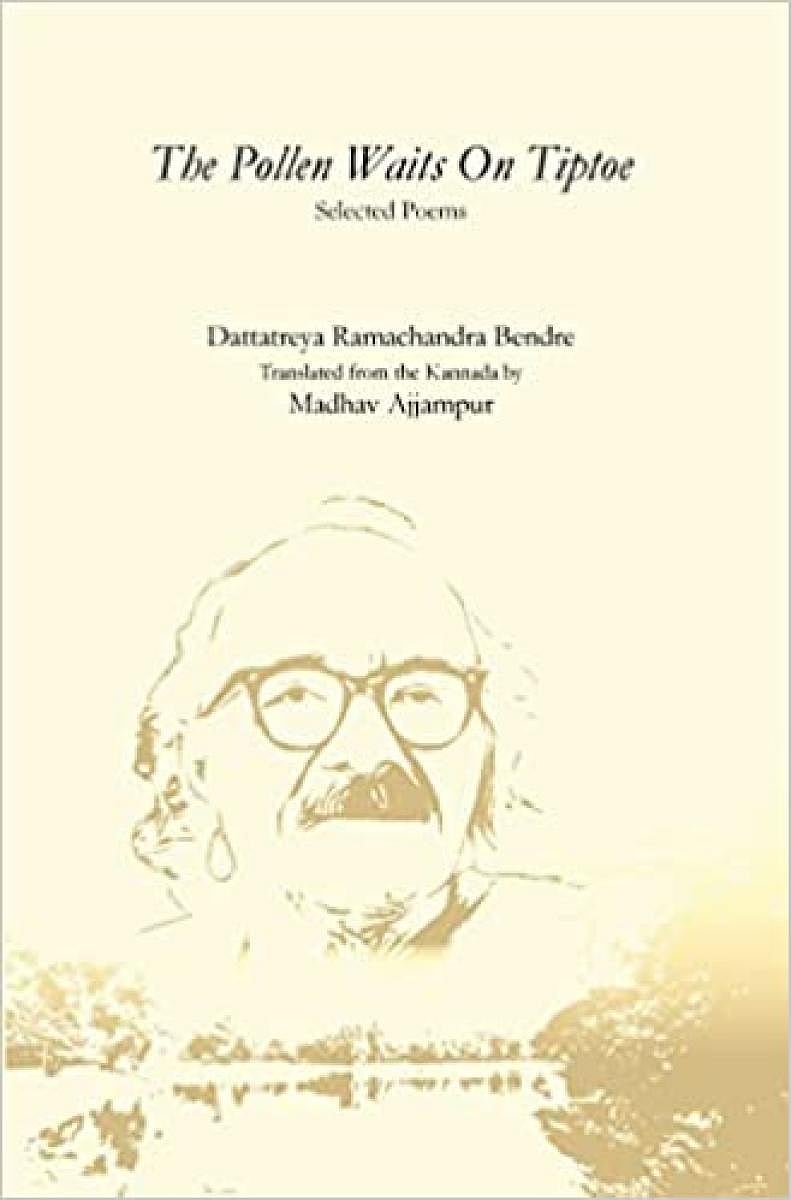
The dangers of translating the great Kannada poet, Da Ra Bendre are several. The most common blunder is to look at his poems as mere wizardry of words and sounds, which it undeniably is. A dear friend referring to such bloopers, often facetiously recites the beautiful Bendre poem Naanu Badavi Aata Badava… like this in English: “I am poor, he is poor, love is our life”. To think Bendre can be achieved through an attractive interplay of rhythm, a good turn of phrase and other attires of language is sheer recklessness. Any act of translation is a slenderising exercise, more true if it is poetry and especially if it is from a bhasha into English. To translate Bendre, you must be able to travel to the edge on his wave of imagination exactly the way he says in the poem Taayi-Magu: Mugila Daarada Tudige, Haaru Hakkiya Badige (at the edge of the skies, besides the flying bird) and grasp his ‘mastery of the thing’. The beauty of Bendre begins to unfold when you can sense meaning alongside the magic of words.
The Pollen Waits on Tiptoe, a translation of selected poems of Da Ra Bendre by Madhav Ajjampur is a labour of love. Madhav, by his own admission in his Introduction to the book, says that he has been relentlessly chasing Bendre for nearly 10 years since he first got introduced to him in 2013.
To translate Bendre is to live his poetry every moment, without which the reader can neither experience the ‘Naada’ (euphony) nor be a recipient of the ‘Navaneeta’ (always new) — the core of his poetic concerns. In fact, the late Kannada scholar Ki Ram Nagaraj, an authority on Bendre, used to say that he may have read the poem ‘Paraga’ a hundred times, but every reading experience was new.
“You have to understand the poem through the poem itself,” says Ki Ram. Madhav, a passionate reader of the great poet, has read, and re-read a ‘hundred times’ in the spirit of naadabeku, naadana naadabeku before they have flowed into English.
The book contains 26 poems, most of them familiar to the Kannada reader. The majority of Bendre’s poems, as Madhav recognises, are untranslatable. For the few that can be translated, Madhav rightly suggests a ‘translation-creation’ method, which has enabled him to retain ‘naada’ as his central concern, allowing him to ‘flex, bend and stretch the English language’. For instance, the poem Paraga (The Pollen Calls), is about artistic creation. Bendre says, Baraliha kaayiya paadina ruchiyoo/idarolage adagihudu and Madhav translates ruchi (taste) as song-juice tying it to the theme of rasa and sahrudaya, the central idea of the poem.
The poem, The Peacock Smile (Nagee Navilu), is also interesting for how it shifts the location of the smile, which is compared to the splendour of the peacock. The lines in the translation are: Woman, upon your lips, Did play a peacock smile;
In the original, Bendre says a peacock smile was dancing on the face of the woman, whereas the translator relocates the smile to her lips.
This indeed is a good move as Sudhindra L Deshpande recognises in his Foreword — it conjures up the visual of half-parted lips of a woman overcome by shyness. However, if the peacock smile radiates to the entire face of the woman, as Bendre says, isn’t that a richer visual?
Madhav’s translations are eminently readable and give you an intense Bendre experience. However, words like gavuda should have had better translations to indicate the sweep that the poet envisions, and maybe more poetic words in the place of despoiled, debrised, detachedly etc. Apart from minor quibbles, this is meticulous work. The QR code next to the title of every poem takes you to a recitation in both Kannada and English. Madhav imitates Bendre’s voice and style closely and it is a pleasure to listen to them.
Bendre believed that the experience (rasanubhava) poetry brings in the reader enriches the poet as well. A poem is not a poet’s private property, on the contrary, it acquires layers of meaning in the feeling that it invokes in the reader, believed Bendre.
Madhav’s translations have certainly provided a new dimension to Bendre’s poems. Kavya is timeless: it is post-time, post-space — and to preserve this sense of Kavya is to preserve an ancient ecosystem.